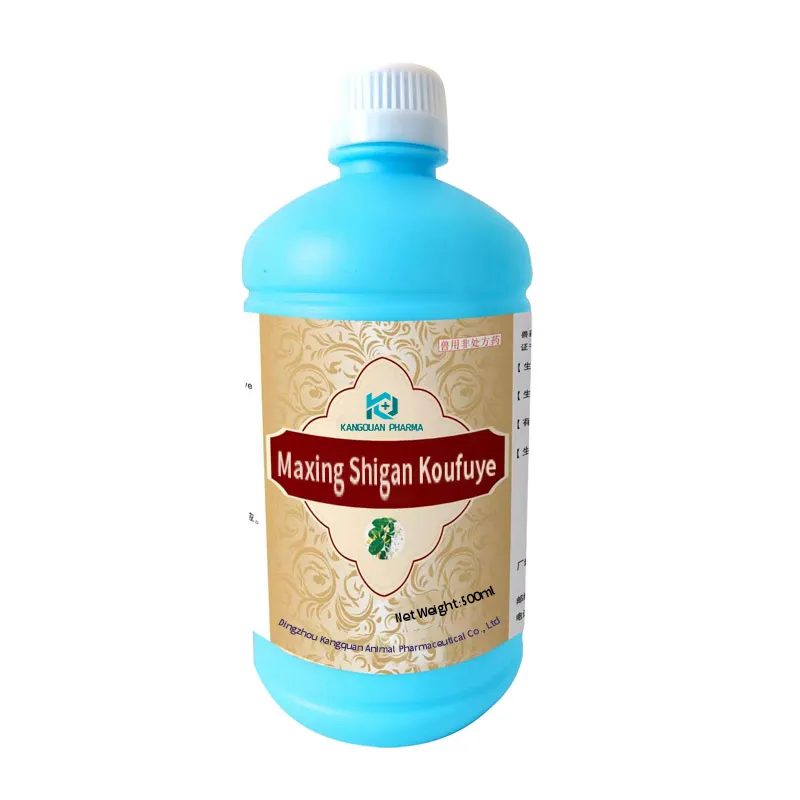- Afrikaans
- Albanian
- Amharic
- Arabic
- Armenian
- Azerbaijani
- Basque
- Belarusian
- Bengali
- Bosnian
- Bulgarian
- Catalan
- Cebuano
- Corsican
- Croatian
- Czech
- Danish
- Dutch
- English
- Esperanto
- Estonian
- Finnish
- French
- Frisian
- Galician
- Georgian
- German
- Greek
- Gujarati
- Haitian Creole
- hausa
- hawaiian
- Hebrew
- Hindi
- Miao
- Hungarian
- Icelandic
- igbo
- Indonesian
- irish
- Italian
- Japanese
- Javanese
- Kannada
- kazakh
- Khmer
- Rwandese
- Korean
- Kurdish
- Kyrgyz
- Lao
- Latin
- Latvian
- Lithuanian
- Luxembourgish
- Macedonian
- Malgashi
- Malay
- Malayalam
- Maltese
- Maori
- Marathi
- Mongolian
- Myanmar
- Nepali
- Norwegian
- Norwegian
- Occitan
- Pashto
- Persian
- Polish
- Portuguese
- Punjabi
- Romanian
- Russian
- Samoan
- Scottish Gaelic
- Serbian
- Sesotho
- Shona
- Sindhi
- Sinhala
- Slovak
- Slovenian
- Somali
- Spanish
- Sundanese
- Swahili
- Swedish
- Tagalog
- Tajik
- Tamil
- Tatar
- Telugu
- Thai
- Turkish
- Turkmen
- Ukrainian
- Urdu
- Uighur
- Uzbek
- Vietnamese
- Welsh
- Bantu
- Yiddish
- Yoruba
- Zulu
Nov . 12, 2024 22:54 Back to list
tylosin dose in cattle
Tylosin Dose in Cattle An Overview
Tylosin is an antibiotic belonging to the macrolide class and is primarily used in veterinary medicine, particularly in cattle and other livestock. It plays a crucial role in the prevention and treatment of various bacterial infections, thereby enhancing animal health and productivity. Understanding the appropriate dosing of tylosin in cattle is imperative for veterinarians and livestock producers, as this affects both the efficacy of treatment and the safety of the food produced.
Mechanism of Action
Tylosin functions by inhibiting bacterial protein synthesis, which ultimately halts the growth of susceptible bacteria. It is particularly effective against Gram-positive bacteria and some Gram-negative pathogens, making it a valuable tool in managing diseases such as necrotic laryngitis, respiratory infections, and various enteric disorders in cattle.
Determining the Correct Dose
The dosage of tylosin in cattle can vary based on factors such as the specific condition being treated, the age and weight of the animal, and the formulation of the drug. Generally, the recommended dose of tylosin for cattle ranges from 10 to 20 mg per kg of body weight, administered once or twice daily. However, it is critical to consult veterinary guidelines or a veterinarian to determine the precise dosage for individual cases.
When using tylosin in feed, it is often included as a feed additive. The typical concentration in medicated feed is around 200 to 400 grams per ton of feed, which can provide an effective therapeutic dose over time. Continuous monitoring of the animal's response to treatment is essential, as adjustments may be necessary based on their clinical response and any potential side effects.
tylosin dose in cattle

Safety and Withdrawal Times
Tylosin is generally safe for use in cattle when administered at the recommended doses. However, like all medications, it can cause side effects. Some cattle may experience gastrointestinal disturbances, such as vomiting or diarrhea. It is crucial to observe animals closely during treatment and to manage any adverse reactions promptly.
An important consideration when using tylosin in food-producing animals is the establishment of withdrawal times. Withdrawal time refers to the period required for the drug to be eliminated from the animal's system before the meat or milk is considered safe for human consumption. For tylosin, the typical withdrawal period is approximately 3 days for meat and 48 hours for milk, but these times can vary based on specific product formulations. Adhering strictly to these guidelines is essential to ensure food safety and prevent antibiotic residues in animal products.
Regulatory Considerations
The use of tylosin in cattle is subject to regulatory oversight to ensure that its use is both safe and effective. In many countries, veterinarians must prescribe tylosin to ensure that it is used for appropriate indications and that documentation is maintained regarding its usage. This regulation helps mitigate the risks of antibiotic resistance and promotes responsible antibiotic use in livestock production.
Conclusion
Tylosin remains a crucial antibiotic in the management of bacterial diseases in cattle. By understanding the correct dosing regimens, adhering to withdrawal times, and following regulatory guidelines, livestock producers can effectively use tylosin while safeguarding both animal and human health. As the landscape of veterinary medicine continues to evolve, ongoing research and education about the responsible use of antibiotics like tylosin remain essential in promoting sustainable livestock production.
-
Guide to Oxytetracycline Injection
NewsMar.27,2025
-
Guide to Colistin Sulphate
NewsMar.27,2025
-
Gentamicin Sulfate: Uses, Price, And Key Information
NewsMar.27,2025
-
Enrofloxacin Injection: Uses, Price, And Supplier Information
NewsMar.27,2025
-
Dexamethasone Sodium Phosphate Injection: Uses, Price, And Key Information
NewsMar.27,2025
-
Albendazole Tablet: Uses, Dosage, Cost, And Key Information
NewsMar.27,2025













